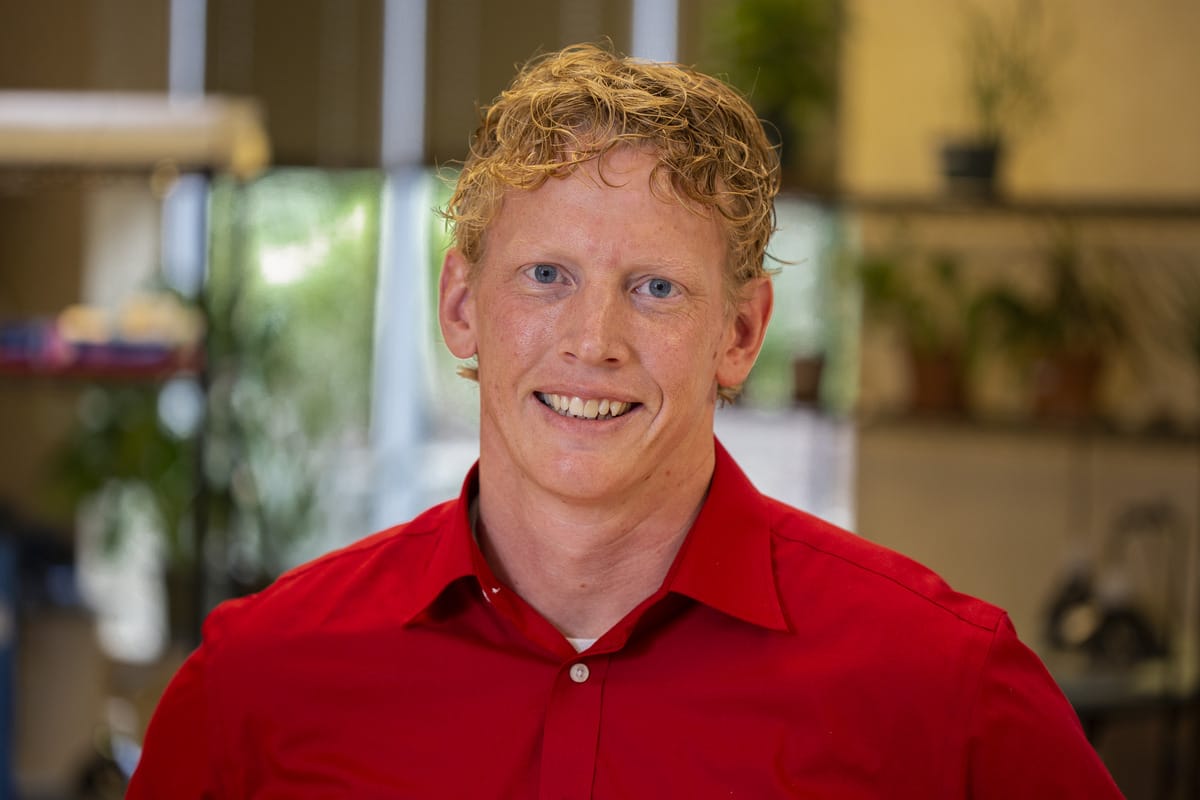This Fourth of July, we celebrated our nation’s independence and our freedoms were on full display. Which fireworks event should we go to? What music should we play? Do you want to eat indoors or out?
Freedom is all about choice, and I greatly appreciate living in a country where choices and freedom abound. However, when it comes to education, we sometimes fail to exercise these freedoms. All too often, classrooms fall into restrictive routines that narrow pathways and limit students’ options. That has disastrous consequences for student-buy in and engagement. Here are three simple ways you can create more freedom in your classroom next year.
Process Freedom
Quick: what’s 59 + 25?
How do you know? How did you think about the problem?
There are lots of great ways to figure out that 59 + 25 is 84. Sometimes, however, we encourage one specific approach and require students simply to practice the algorithm we’ve taught them.
Give your students freedom by allowing them to explore multiple ways to find an answer, both in math and in other subjects. Use the “Whisper and Why” strategy to cultivate alternative processes and to help students articulate their understanding: any time students are raising their hands to answer a question, don’t just choose one. Instead, have them turn to a partner and whisper what they think the answer is, then have them explain why. Walk around the room and make sure that you’re hearing the magic word, “because.” When students are justifying their answers, they’re expressing the understanding they’ve freely constructed.
Product Freedom
Can a poster demonstrate as deep of an understanding as a paper? How about an oral report? A YouTube video? A podcast?
Allowing students to choose how they express their understanding creates authentic, important choices — and it encourages students to reflect deeply on the nature of the task and the medium appropriate to their understanding.
Need help getting started? Show Your Learning — YOUR Way! can get your creative juices flowing.
Content Freedom
You’ve got your standards that you need to teach. But sometimes, you can integrate your standards into meaningful learning experiences that your students care about. This gives your class the freedom to choose the content you’re studying, and you’re able to teach those standards in a way that shows their applicability and their power. Here’s how:
Start by finding out what problems your students are passionate about. Make a list, and choose one where you think you can have a real impact. Help your students develop a way to impact the issue: maybe you create a fundraiser, or develop PSAs to spread awareness of an issue. Maybe your students want to beautify the city, and create works of art to share with area businesses. Or they’re interested in helping those in need, and form a friendship with area veterans or Special Olympians.
Once you know what you’ll do, you’ll be amazed: opportunities to use your ELA, math, science, and social studies skills will start to appear. If you’re creating PSAs, you’ll be practicing persuasive writing. Creating works of art? You’ll think about perimeter and area as you collect appropriate materials. If you’re hosting a fundraiser, you’ll be adding and subtracting with regrouping.
If that sounds daunting, you can get started at blueappleteacher.org. Pick one you think your students would love, or let them make their own choice next year. Helping students integrate their learning into projects they care about — projects that make the world a better place — is one of my greatest passions. That’s why I helped build Blue Apple projects in the first place — to help teachers who are passionate about transforming education so students can see the power of learning to have an impact on their communities and on the world!

